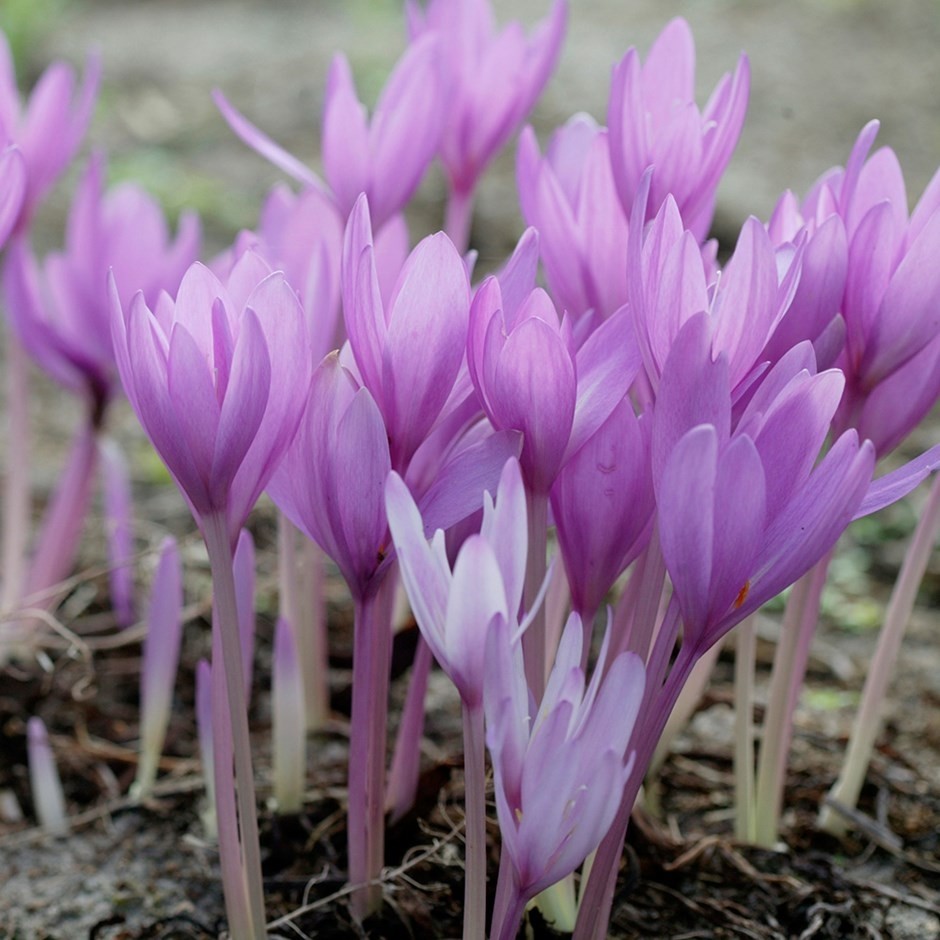
Sadly, dogs were used in the experimentation that brought them to this point.īy the 1940s, scientists learned that colchicum also has antimitotic properties, meaning it could slow down the division of cells and possibly aid in treating malignancies.Īs of 2011, bans were imposed on non-FDA-approved oral administration of colchicine. He lived to tell the tale, and by the late 1800s, methods for its preparation and dosages were far more reliable. In the early 1800s, George Augustus Frederick, then Prince Regent and future King of England (George IV), suffered greatly from gout and declared that he would take colchicum regardless of the bans and warnings. However, by the 1700s, such treatments were banned as folk remedies that did more harm than good. However, preparation was an arduous process and the dosage had to be precise, or the result was toxic.īy the 1600s, colchicum was well known by Moorish people as a “purgative” for gout. Some of the earliest information about it is quite sad, beginning with Greek slaves in dire conditions ingesting it in order to end their unbearable lives.īyzantine physicians learned that the corms contain colchicine, an anti-inflammatory that proved valuable for treating gout. It is native to the UK and most of southern and central Europe, and has naturalized in Sweden, Denmark, and New Zealand.Ĭolchicum takes its name from Colchis, situated in today’s western Georgia, in Eastern Europe. Naked ladies and portly gentlemen” describes this corm flower’s storied past. Lee of the Royal College of Physicians Edinburgh titled “ Colchicum autumnale and the gout. Read on to discover the intriguing history of the Colchicum genus! Cultivation and HistoryĪ monograph by M. cilicicum hybid with larger corms and multiple flower stems per corm. One of the many cultivated varieties of Colchicum is C. cilicicum, the Tenore autumn crocus, has lavender petals with a single white stripe. speciosum is known for being a common “parent” plant used to create hybrids of one or more species.Ĭ. However, other common species include: C. autumnale is the one most readily available to home gardeners. Master Gardener Susan Mahr, of the University of Wisconsin-Madison Master Gardener Program Division of Extension, describes in her essay, “ Autumn Crocus, Colchicum spp.,” that there are 65 species of autumn-blooming Colchicum worldwide.Ĭ. In addition to exceptional traits such as a self-settling corm, bare-stemmed flowers, leafing out in spring, and blooming in fall, colchicum has six stamens, twice as many as spring crocus flowers. The most fascinating part is that via an organ referred to as a protuberance, and together with contractile roots, the daughter bulb is able to pull itself deeper into the soil, where it settles into its mature position and produces additional offsets for vegetative growth.

Photo by BerndH, Wikimedia Commons, via CC BY-SA.Įach year, the parent corm produces an offset, or daughter, that takes the place of the original corm for reproductive growth, continuing the plant’s unusual life cycle. This is followed by the emergence of a fertilized ovum, or fruit, that looks like a green nut.Īs summer gets underway, the foliage turns yellow, then decays to brown. In the spring, tulip-like foliage appears. This growth habit has earned these flowers the nickname “naked ladies.”īut don’t confuse this one with another flower that goes by the same nickname, Amaryllis belladonna, a pink late-summer lily that blooms after its foliage withers.Īfter the naked ladies of Colchicum bloom and fade, the corms have a resting period of winter dormancy.

Photo via Alamy.įlowers with no stems or leaves rise from corms in the fall. are different from spring-blooming crocuses and other autumn crocus-type plants, such as Sternbergia lutea, a yellow flower in the iris family. What Is Autumn Crocusįall-blooming Colchicum spp. autumnale is toxic if ingested, and must not be confused with the saffron crocus, Crocus sativus, from which the gourmet spice saffron is derived.


 0 kommentar(er)
0 kommentar(er)
